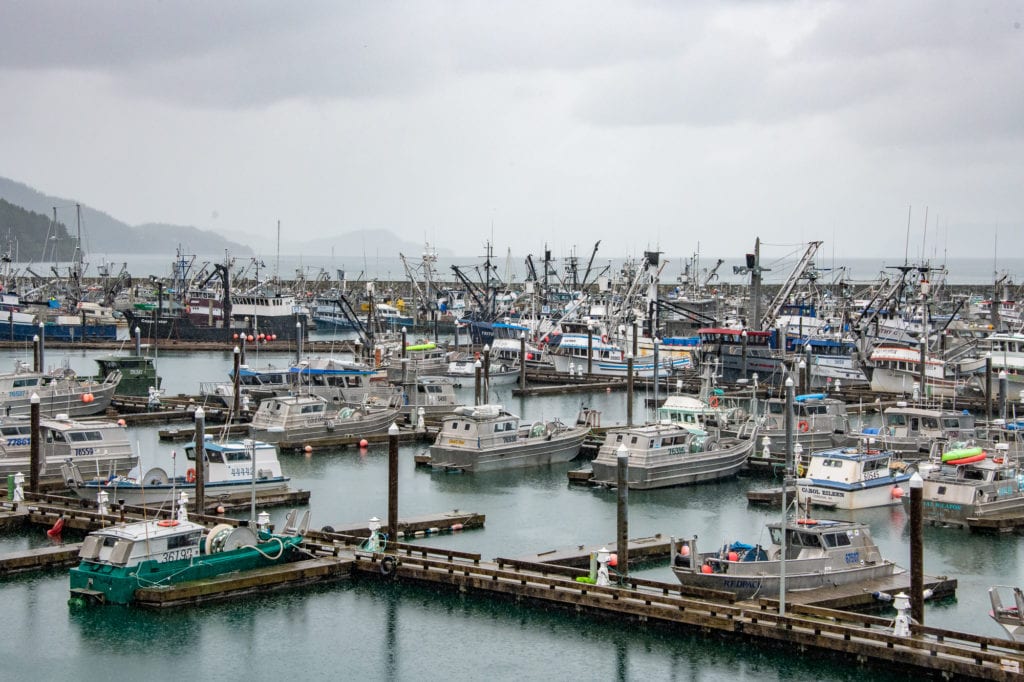
Federal relief payments to permit holders who participated in the disastrous 2016 Gulf of Alaska pink salmon fishery have hit another snag, and now won’t be forthcoming until March.
News of the payment delay, which was slated to be within six to eight weeks of the Oct. 31 deadline for skipper applications for relief reached Rep. Louise Stutes, R-Kodiak, on Nov. 15.
Permit holders can now expect to receive their disbursements six to eight weeks after the Jan. 31 deadline, she said.
The Alaska Department of Fish and Game is in the process of updating information on the Pacific States Marine Fisheries Commission website to explain the situation and post a new timeline. Permit holders should keep an eye out on psmfc.org for changes.
According to AD&G, the delay was needed because it became apparent to the agency that there was very consistent underreporting by the skippers of crew in certain fisheries. Additionally, only 65 percent of permit holder applications were returned to the PSMFC, the interstate compact agency named to administer these disaster funds.
“The end result of these two issues is that a very large portion of crew will be excluded from the current payment system,” Stutes said. “Clearly, the application process should have been designed better. Be that as it may, the department looked at how to handle this issue, weighed all the options, and made the very difficult decision to delay the disbursement of permit holder payments until after the Jan. 31 deadline for crew applications.”
Meanwhile, ADF&G is working on mechanisms to incorporate crew independently of actions from the skipper, as well as review permit holder applications that are below the number of crew for the industry standard in an attempt to see that all crew are included.
“This has been a long process and I know this announcement will come as a blow to many,” Stutes said. “As someone who has poured blood, sweat, and tears into this process and was expecting a disbursement myself in four weeks, I am very sorry to bring you this news.
“For whatever it is worth, the department’s decision was not made lightly, and I believe it is acting with the best of intentions to fix a serious issue that is within their ability to fix,” she said.
State fisheries officials began seeking federal disaster relief for harvesters, processors and others economically impacted by the disaster in the fall of 2016.
The preliminary value of the humpy fishery’s combined natural and hatchery pink salmon harvest was estimated at about $6.6 million, compared with a five-year average value of $43.87 million. The majority of the Kodiak management area remained closed to fishing for 70 percent of the run, and districts across the entire management area experienced very poor escapement results.
On Jan. 18, 2017, the U.S. Department of Commerce declared the fishery a disaster under the Magnuson-Stevens Fishery Conservation and Management Act. Congress then appropriated $56.3 million to Alaska to address losses to the seven management areas in the Gulf of Alaska affected by the fishery failure, including Prince William Sound, Kodiak, Chignik, Lower Cook Inlet, South Alaska Peninsula, Southeast Alaska and Yakutat. The distribution plan approved by the National Oceanic and Atmospheric Administration on July 1 to provide payments to skippers, crew and processors in affected regions, as well as $3.63 million for research.





